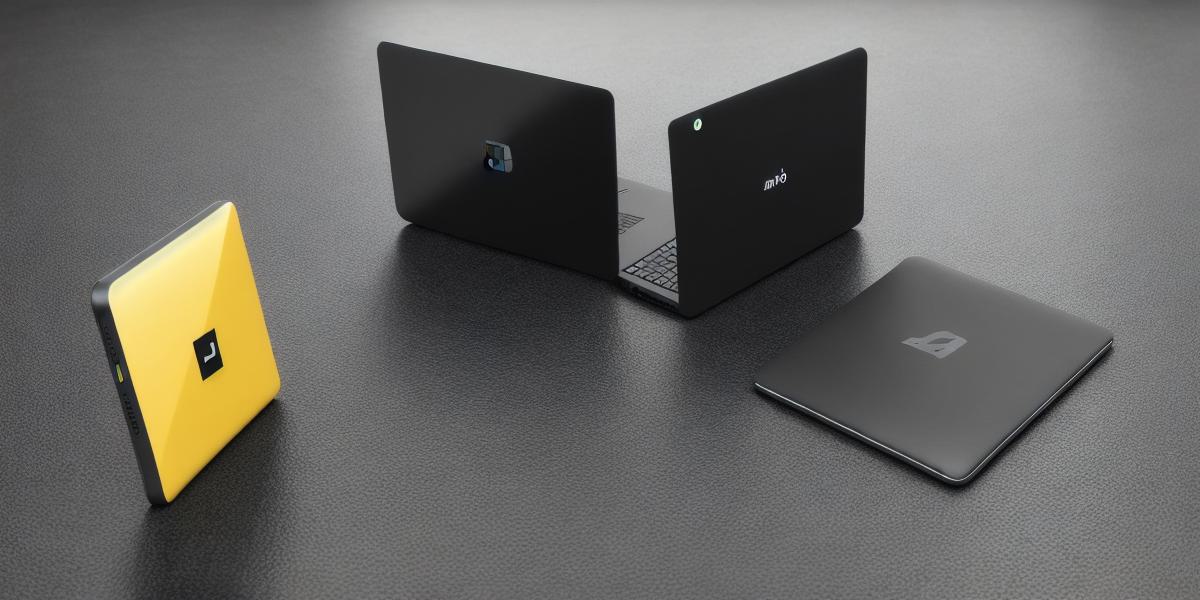If you’re interested in mobile app development, Android is an excellent platform to start with. With over 80% of the global smartphone market share, it’s no surprise that Android apps are in high demand. Android Studio is a powerful Integrated Development Environment (IDE) that makes it easy for developers to create and publish Android apps. In this article, we’ll take a look at how to get started with Android development using Android Studio.
Getting Started with Android Development
Before you can start developing Android apps, you need to have some programming knowledge. Java is the primary language for Android app development, so it’s essential to have a basic understanding of Java programming. You can find plenty of online tutorials and courses that will help you learn Java quickly.
Once you have a good understanding of Java, you can download and install Android Studio from the official website. Android Studio is free to use and supports both Windows and macOS operating systems.
Setting Up Your Development Environment
After installing Android Studio, you’ll need to set up your development environment. This involves creating a new project, selecting a template, and setting up your project settings.
To create a new project in Android Studio, go to File > New > Project. From there, you can select the type of project you want to create (e.g., activity, service, broadcast receiver) and choose a template. You’ll also need to set up your project settings, such as the minimum SDK version and the target device.
Designing Your App
Now that you have your development environment set up, it’s time to start designing your app. Android Studio has an intuitive user interface that makes it easy to create a professional-looking app design. You can use the drag-and-drop interface to add buttons, text fields, and other UI elements to your app.
You can also use Android Studio’s built-in design tools to create custom layouts and themes for your app. This allows you to create a unique look and feel for your app that stands out from the competition.
Writing Your Code
Once you have your app design in place, it’s time to start writing code. Android Studio has an advanced code editor that makes it easy to write Java code quickly and efficiently. You can use features like code completion, syntax highlighting, and error checking to help you catch mistakes early on.

Android Studio also supports debugging tools that allow you to run your app on a physical device or emulator and troubleshoot any issues that arise. This makes it much easier to identify and fix bugs in your code.
Publishing Your App
When you’re ready to publish your app, Android Studio makes it easy to upload your app to the Google Play Store. You’ll need to create a developer account on the Google Play Console and follow the instructions to upload your app and submit it for review.
Once your app is approved, you can make it available to users on the Google Play Store. You can also use Android Studio’s analytics tools to track user behavior and identify areas where you can improve your app.
Conclusion
Android development can be a rewarding career if you have the skills and passion for it. With Android Studio, getting started with Android development has never been easier. By following these steps, you can create a professional-looking app that stands out from the competition and attracts users from all over the world.
